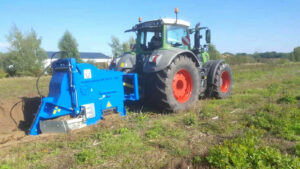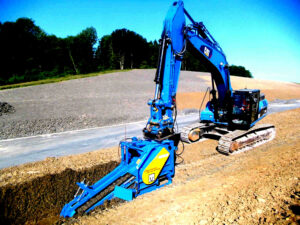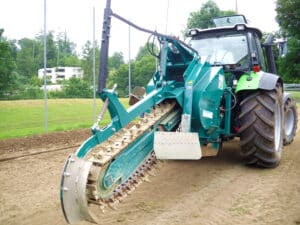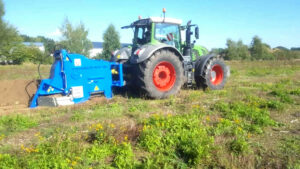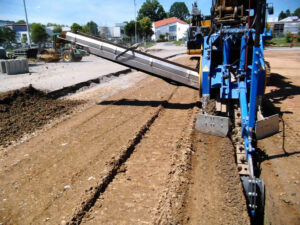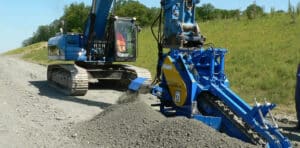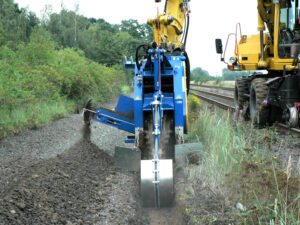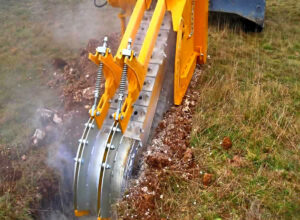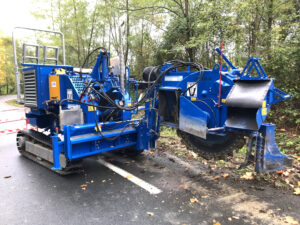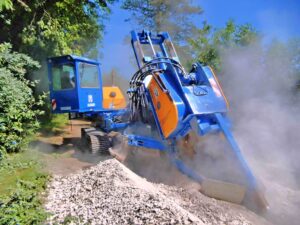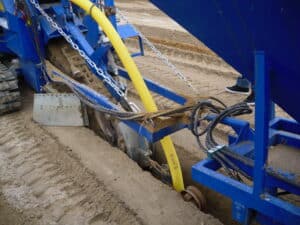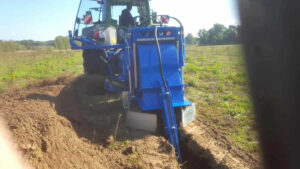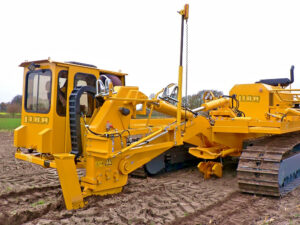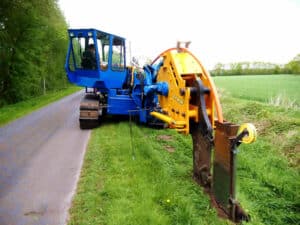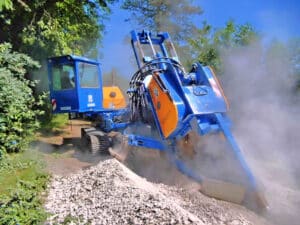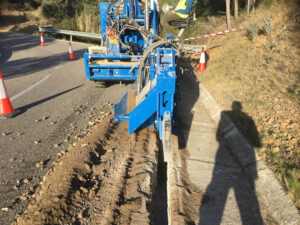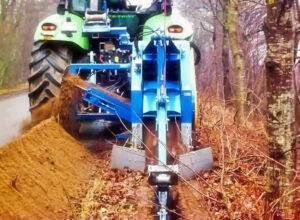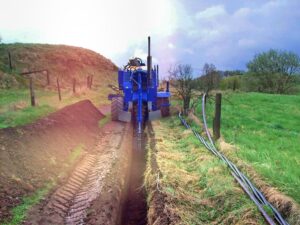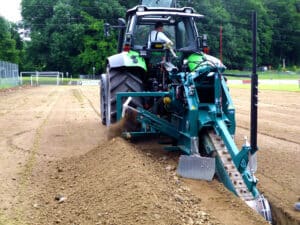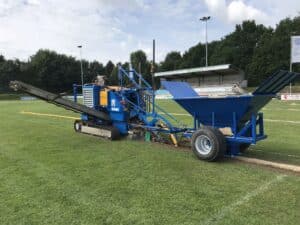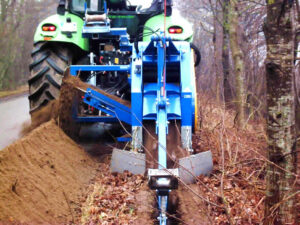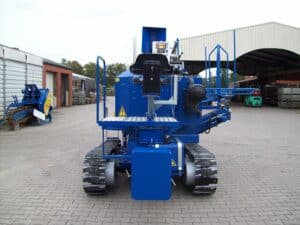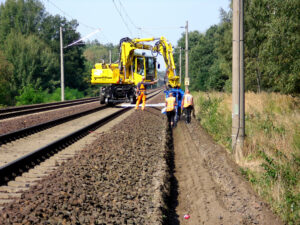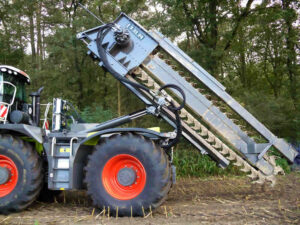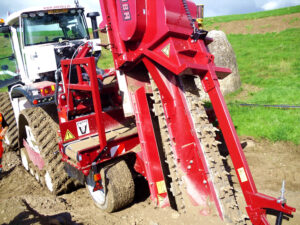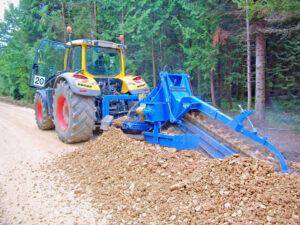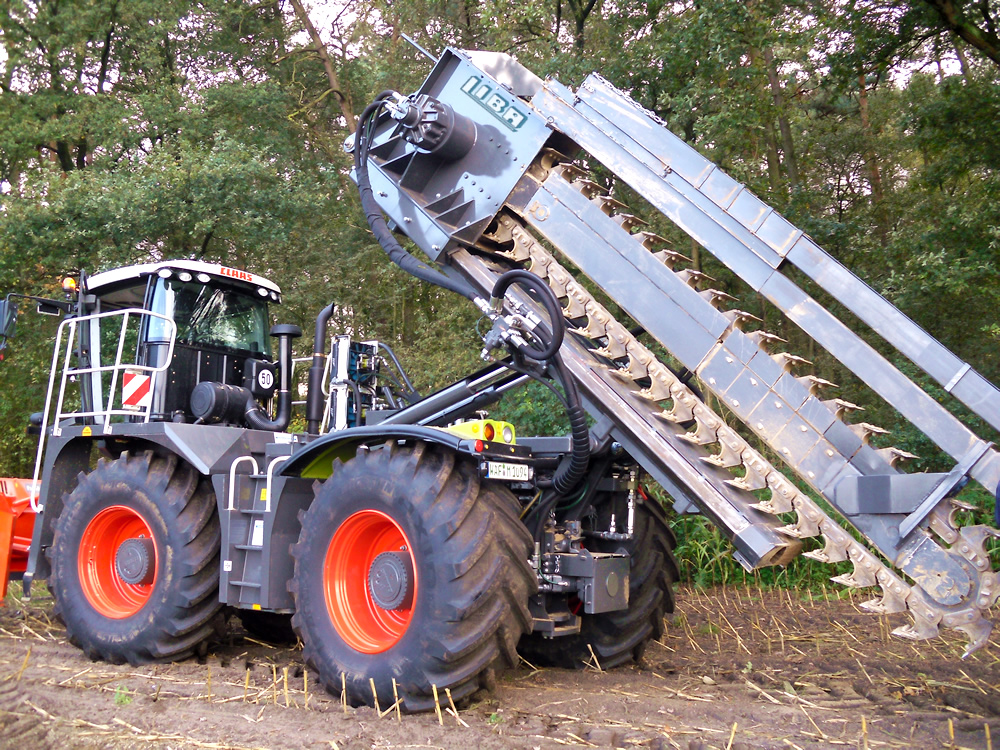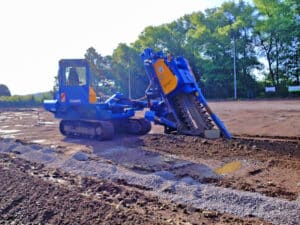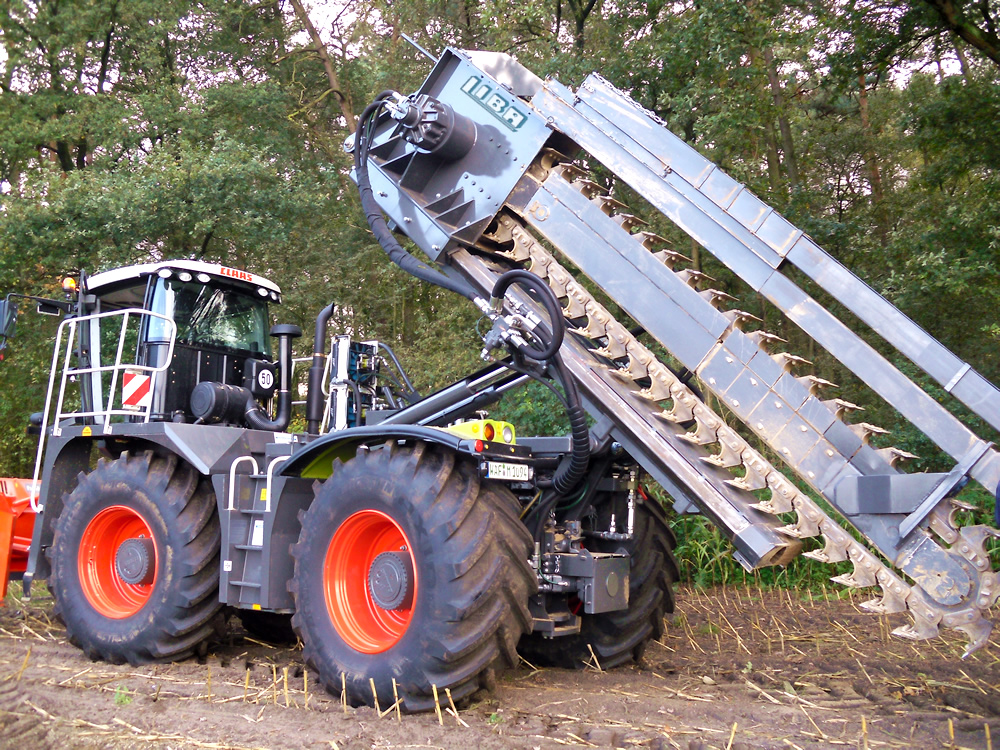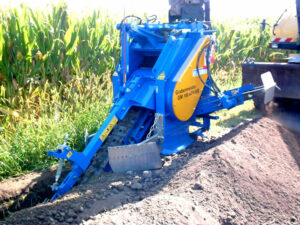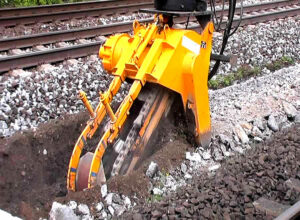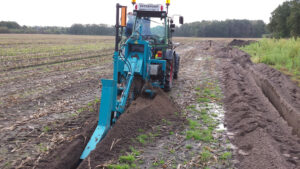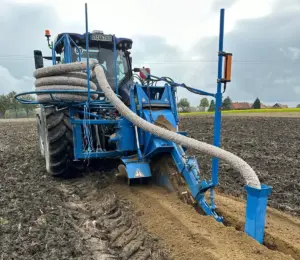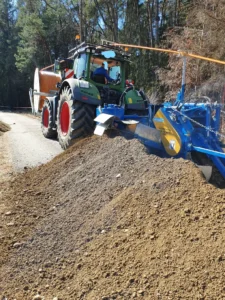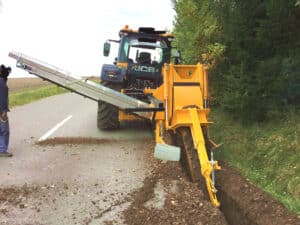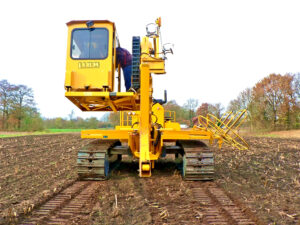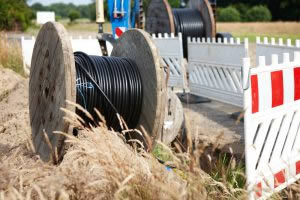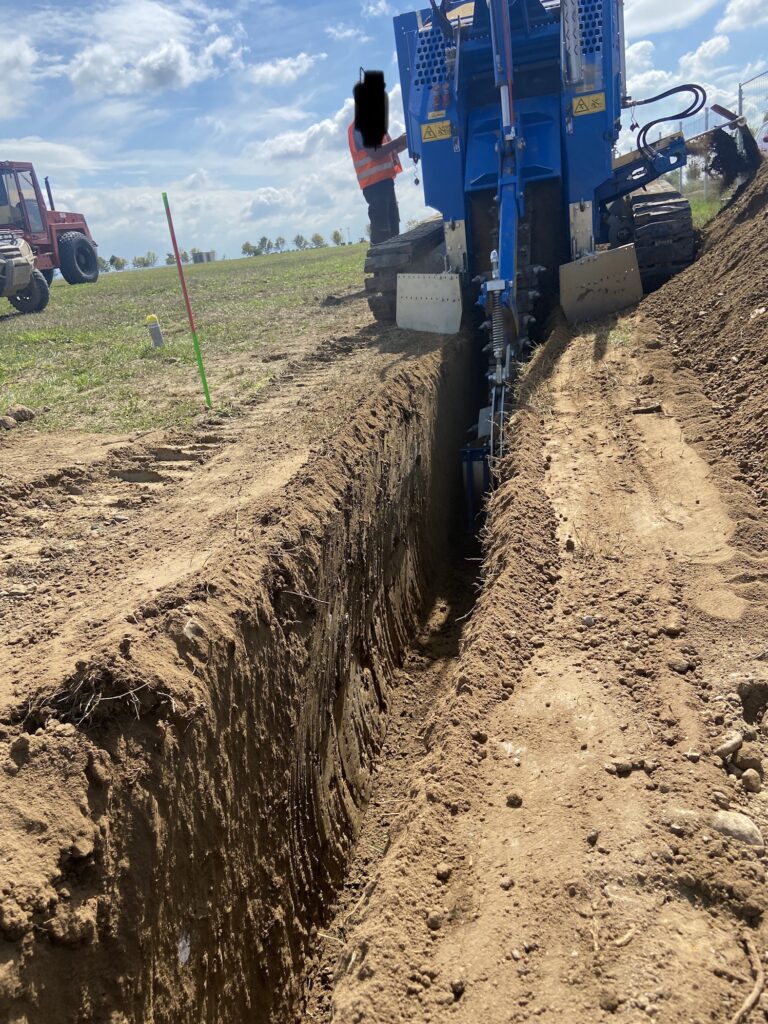
Hello, today we would like to talk about an important topic that is of great importance when laying underground cables: the laying depth. Proper installation depth is critical to the safety, reliability and longevity of underground cables. In this newsletter, we explain why installation depth is so important and how to ensure your underground cables are installed properly.
-
Protection against mechanical damage: The installation depth is an important factor in protecting underground cables from mechanical damage. Sufficient depth installation protects the cable from accidental damage by excavators, construction vehicles or other activities. This ensures the integrity of the cable insulation and minimizes the risk of power failures or short circuits.
-
Weather resistance: an adequate installation depth also provides protection against the effects of weathering. Underground cables are exposed to various weather conditions such as rain, frost and solar radiation. Adequate installation depth allows the cables to be better protected from these elements, which increases the longevity and performance of the cables.
-
Regulatory compliance: The installation depth for underground cables is often subject to legal rules and regulations. These regulations are there to ensure the safety of the cable network and people. It is important to know the local regulations and make sure that the installation depth meets the requirements to avoid legal consequences and safety risks.
-
Current carrying capacity: The laying depth can also influence the current carrying capacity of the underground cables. Suitable depth routing improves heat dissipation, which in turn increases the current carrying capacity of the cable. This is especially important in high-voltage or power-intensive applications to minimize overheating and power loss.
-
Future-proofing and maintenance: The installation depth also has an impact on the future maintenance and upgradeability of the cable network. Sufficient installation depth makes it easier to carry out maintenance work without having to expose or re-route the cable. This saves time and costs for future repairs or upgrades.
Conclusion: The laying depth is a decisive factor for the safety, reliability and durability of underground cables. It protects the cable from mechanical damage, weathering and ensures that legal requirements are met. Adequate installation depth also improves current carrying capacity and allows for easier maintenance and upgrading of the cable network.
If you want to lay underground cables, it is important to plan the laying depth carefully and to comply with local regulations. If you have any questions or need assistance, please do not hesitate to contact us.
Sincerely yours,
Your Lingen Construction Machinery Team


